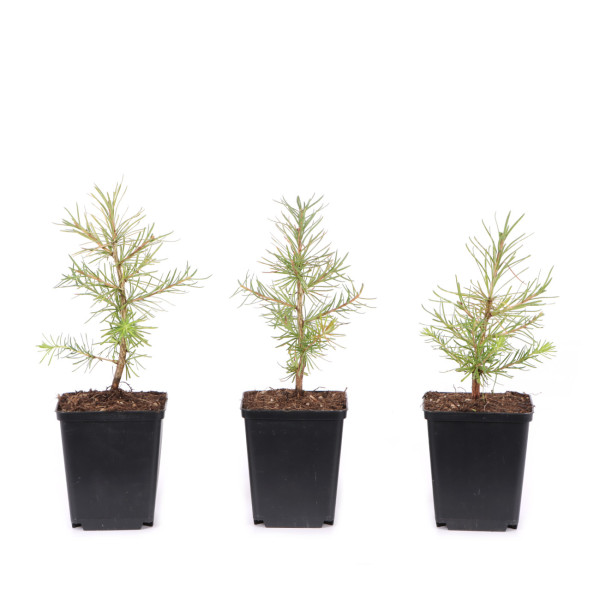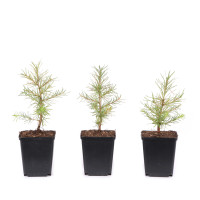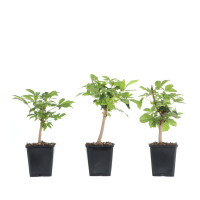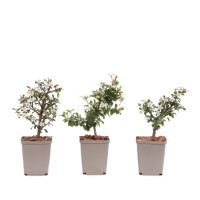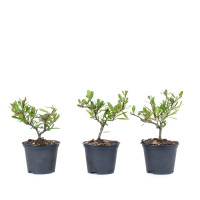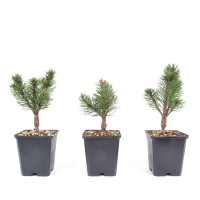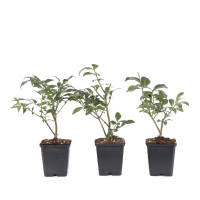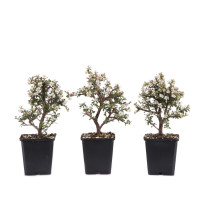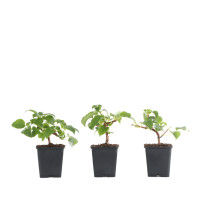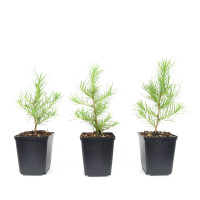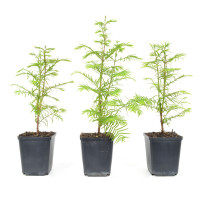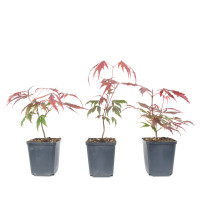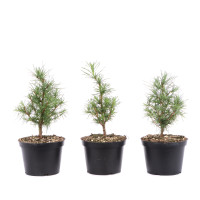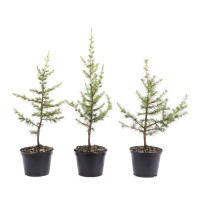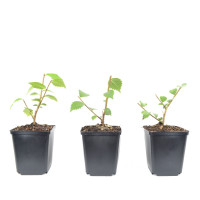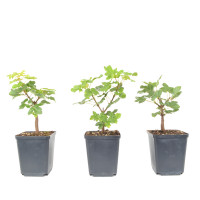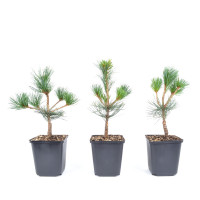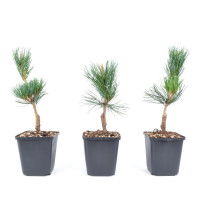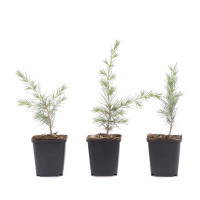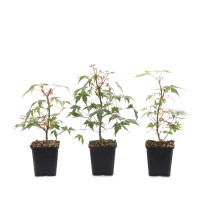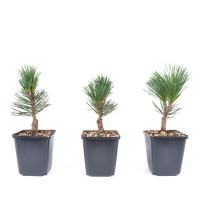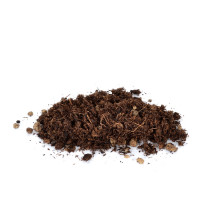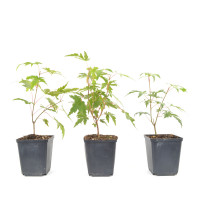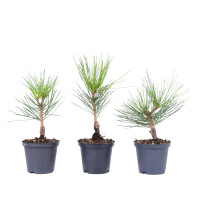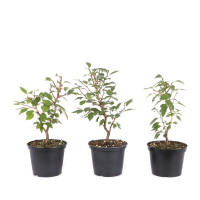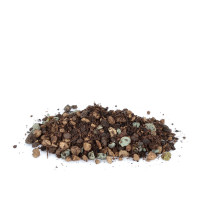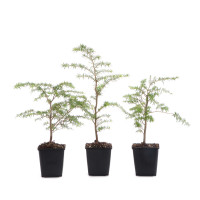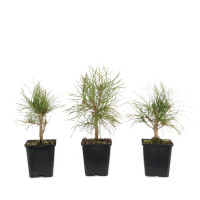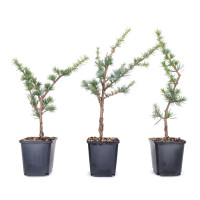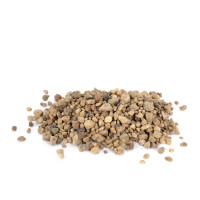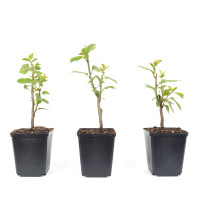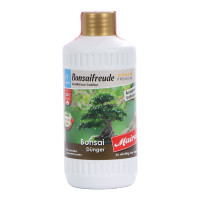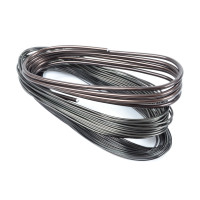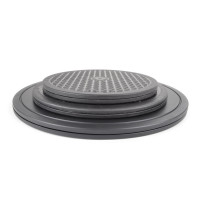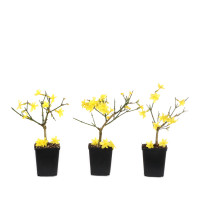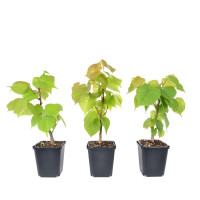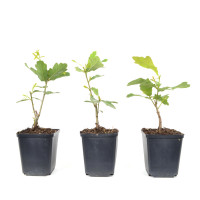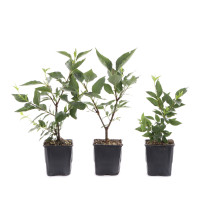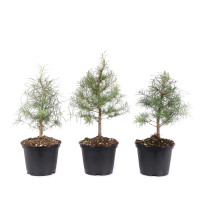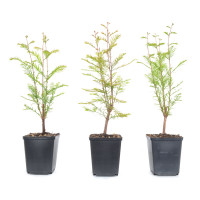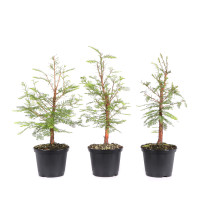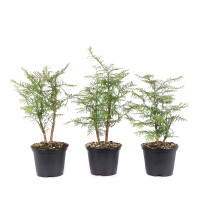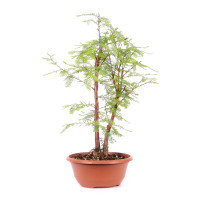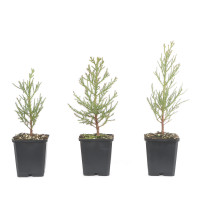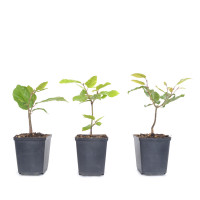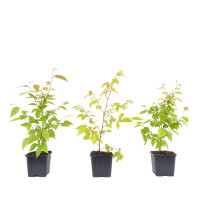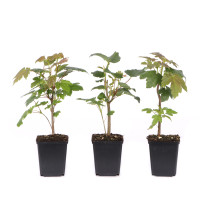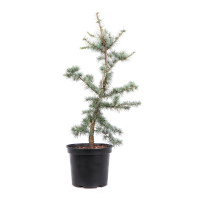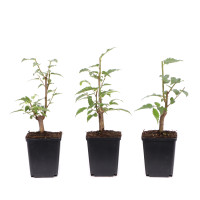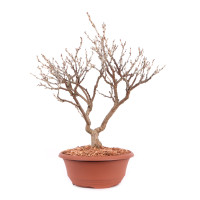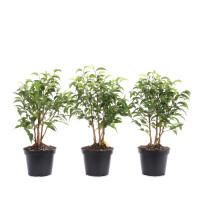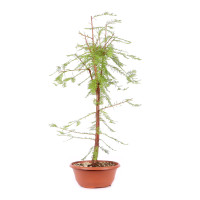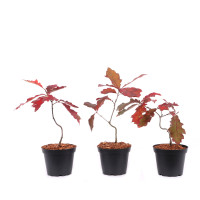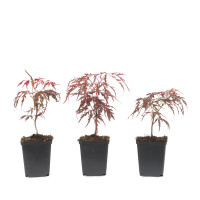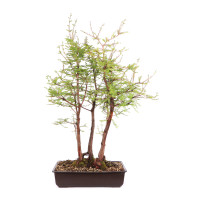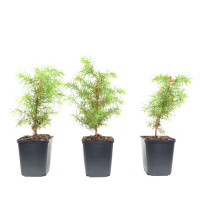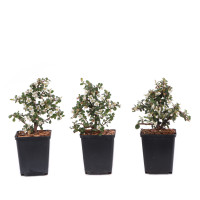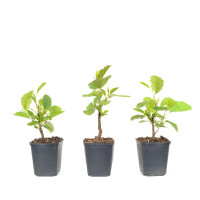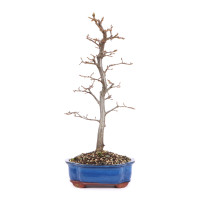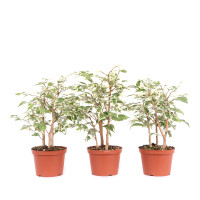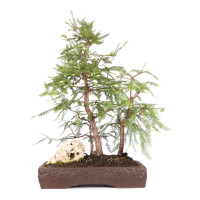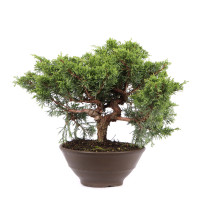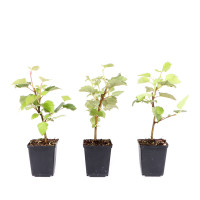- Order number: 1009-02-T
- Height: ca. 5 - 10 cm (no pot)
- Foliage: deciduous
- Bonsai Pot: plastic pot
- Age: 2 years
- Origin: Germany
- Product contents: You will get a similar plant
Larix decidua - European Larch
General:
The European larch occurs naturally in the Alps on nutrient-rich and well-ventilated soils up to 2400 meters above sea level. They can also be found in the forest, where the Japanese species are often planted. The species differ significantly in their habitus, shoots and needles. A European larch grows with a narrow crown, ascending branches, and the yellowish shoots are covered with long tufts of needles. The Japanese larch, on the other hand, grows with a broad crown and noticeably horizontally protruding branches. The young shoots are also reddish, the tufts of needles denser and the needles themselves shorter. Larch trees grow up to 45 meters high and, interestingly, have deciduous foliage. In autumn, the needles turn bright yellow and are thrown off. The habitus of larches is varied and often influenced by the weather conditions of the extreme location. Among our conifers, the larch has the hardest and most durable wood and is therefore as valuable in forestry as the oak.
Care as a bonsai:
Larch trees are very popular with us as bonsai. They are very robust and easy to cut. They also sprout from the old wood and wiring is no problem thanks to the flexibility of the branches. Wiring is also made easier by dropping the needles in autumn. The wood is also very durable and can be used as a corresponding dead wood in the design. Larch trees love a sunny location, but do not like waterlogging. Repotting is best done in spring shortly before the first needles appear. After that, the larch is very sensitive and can even die. In late frosts, the tree should be protected accordingly. Apart from that, the larch is very hardy.

